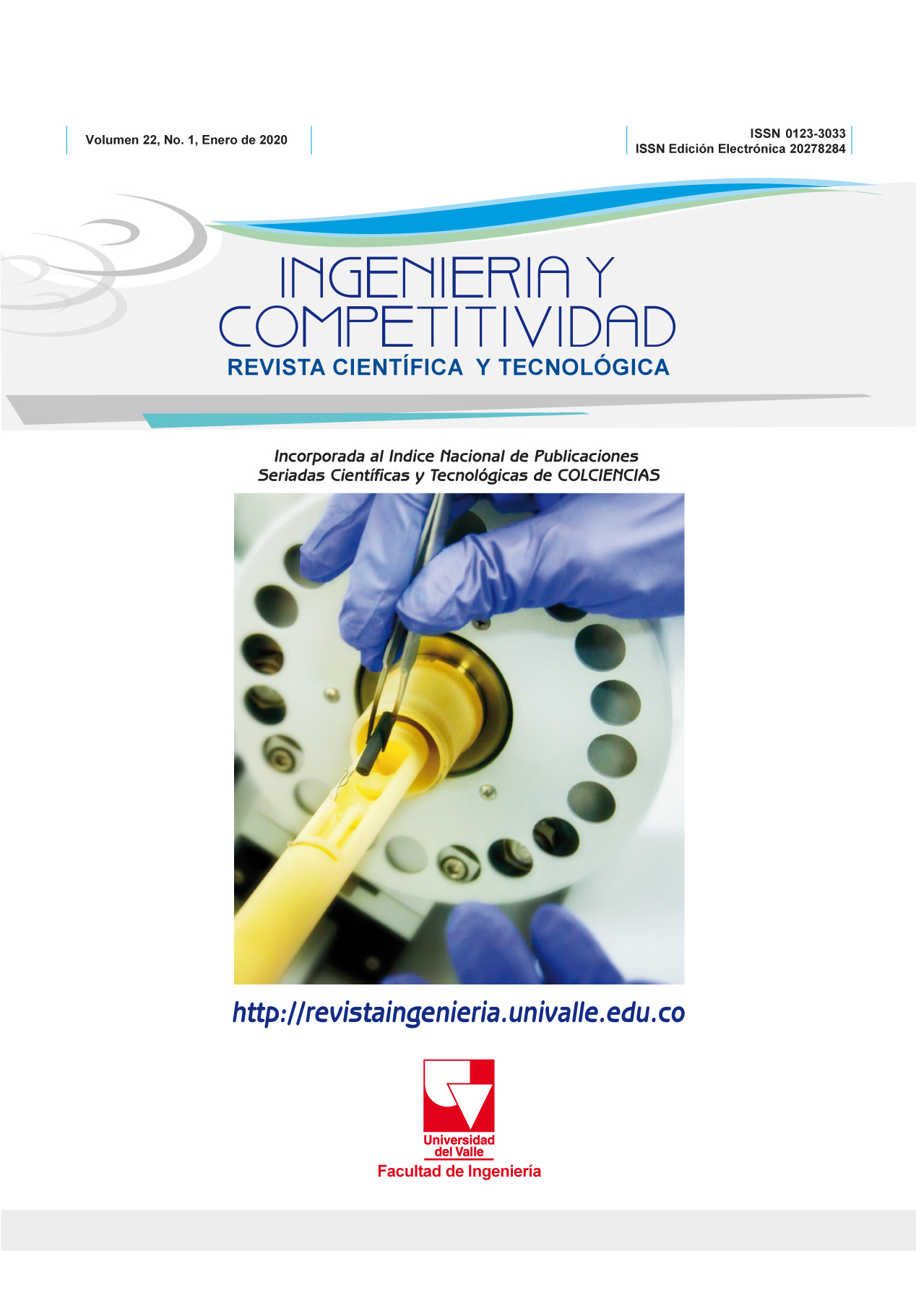Potencial de aprovechamiento de lodos industriales en la fabricación de pegante cerámico gris para pisos
Contenido principal del artículo
La creciente generación de lodos procedentes de Plantas de Tratamiento de Aguas Residuales (PTAR) se ha convertido en un gran desafío para los investigadores en las últimas décadas, puesto que a causa de sus características especiales se debe garantizar que haya una gestión integral para eliminar cualquier riesgo de producir impactos ambientales negativos. Por tanto, se busca que la gran generación de estos residuos sea incorporada a ciclos productivos para su valorización y disminución de los impactos ambientales negativos que se pueda generar por su inadecuada disposición.
La presente investigación evaluó la incorporación de lodos residuales industriales y municipales en la fabricación de pegante cerámico. Se evaluaron las diversas características de los lodos y se implementó un diseño experimental en colaboración con la empresa MAECOL para identificar la calidad de los pegantes. Se encontró que el lodo más adecuado para sustituir un porcentaje de los agregados convencionales del pegante cerámico es el producido por la empresa 2 del sector de metalmecánica, ya que se obtuvieron resistencias a la tracción mayores, siendo el mejor comportamiento cuando se reemplaza el 10% de este lodo (0.34 MPa).
- pegante
- piso
- ceramico
(1) Lynn CJ, Dhir RK, Ghataora GS. Sewage sludge ash characteristics and potential for use in bricks, tiles and glass ceramics. Water Sci Technol. 2016; 74(1):17–29. Doi: 10.2166/wst.2016.040.
(2) Fijalkowski K, Rorat A, Grobelak A, Kacprzak MJ. The presence of contaminations in sewage sludge – The current situation. J Environ Manage. 2017; 203(Part 3):1126–36. Doi: 10.1016/j.jenvman.2017.05.068.
(3) Swierczek L, Cieslik B, Konieczka P. The potencial of raw sewage slugde in construction industry- A review. Cleaner Production. 2018; 200:342-356. Doi: 10.1016/j.jclepro.2018.07.188.
(4) Smol M, Kulczycka J, Henclik A, Gorazda K, Wzorek Z. The possible use of sewage sludge ash (SSA) in the construction industry as a way towards a circular economy. Cleaner Production. 2015; 95:45-54. Doi: 10.1016/j.jclepro.2015.02.051.
(5) Supino S, Malandrino O, Testa M., Sica D. Sustainability in the EU cement industry: the Italian and German experiences. Cleaner Production. 2016; 112(Part 1):430-442. Doi: 10.1016/j.jclepro.2015.09.022.
(6) Tyagi VK, Lo SL. Sludge: A waste or renewable source for energy and resources recovery? Renew Sustain Energy Rev. 2013; 25:708–28. Doi: 10.1016/j.rser.2013.05.029.
(7) Norma Técnica Colombiana - NTC-ISO 5667-13. Instituto Colombiano de Normas Técnicas y Certificación (ICONTEC). Bogotá, D.C.; 1998. Available from: https://tienda.icontec.org/wp-content/uploads/pdfs/NTC-ISO5667-13.pdf.
(8) Norma Técnica Colombiana - NTC-ISO 6050-1. Instituto Colombiano de Normas Técnicas y Certificación (ICONTEC). Bogotá, D.C.; 2014. Available from: https://tienda.icontec.org/wp-content/uploads/pdfs/NTC6050-1.pdf.
(9) Norma Técnica Colombiana - NTC-ISO 6050-2. Instituto Colombiano de Normas Técnicas y Certificación (ICONTEC). Bogotá, D.C.; 2014. Available from: https://tienda.icontec.org/wp-content/uploads/pdfs/NTC6050-2.pdf.
(10) Asociación Nacional de Fabricantes de Morteros Industriales. Adhesivos y materiales de rejuntado. Barcelona; 2008. Available from: https://www.anfapa.com/es/morteros-para-la-colocacion-de-baldosas-ceramicas/174/caracteristicas-fundamentales-adherencia-y-tiempo-abierto.
(11) Amin S, Abdel HE, El-Sherbiny S, Sibak H, Abadir M. The use of sewage sludge in the production of ceramic floor tiles. HBRC Journal. 2018; 14(3):309-315. Doi: 10.1016/j.hbrcj.2017.02.002.
(12) Bocanegra JJC. Evaluación de los métodos de hidrometalurgia, pirometalurgia y estabilización solidificación en el tratamiento de lodos procedentes de plantas de aguas residuales de procesos de cromad [Master's thesis] Universidad Nacional de Colombia, Departamento de ingeniería mecánica y mecatrónica; 2015.
(13) Joshi M, Borse G, Dhake A, Bagaw S, Shinde O. Utilization of sewage sludge in construction material. Imperial Journal of the interdisciplinary Research. 2016; 2(7):277-279.
(14) Pavlík Z, Fořt J, Záleská M, Pavlíková M, Trník A, Medved I, et al. Energy-efficient thermal treatment of sewage sludge for its application in blended cements. J Clean Prod. 2016; 112(Part 1):409–19. Doi: 10.1016/j.jclepro.2015.09.072.
(15) Tanpure P, Shinde P., Borade A, Chate R, Kalje C, Gaikwad D. Manufacturing of bricks from sewage sludge and waste materials. Imperial Journal of Interdisciplinary Research. 2017; 3(5):1910-1912.
Descargas

Esta obra está bajo una licencia internacional Creative Commons Atribución-NoComercial-CompartirIgual 4.0.
Los autores que publican en esta revista están de acuerdo con los siguientes términos:
Los autores ceden los derechos patrimoniales a la revista y a la Universidad del Valle sobre los manuscritos aceptados, pero podrán hacer los reusos que consideren pertinentes por motivos profesionales, educativos, académicos o científicos, de acuerdo con los términos de la licencia que otorga la revista a todos sus artículos.
Los artículos serán publicados bajo la licencia Creative Commons 4.0 BY-NC-SA (de atribución, no comercial, sin obras derivadas).





